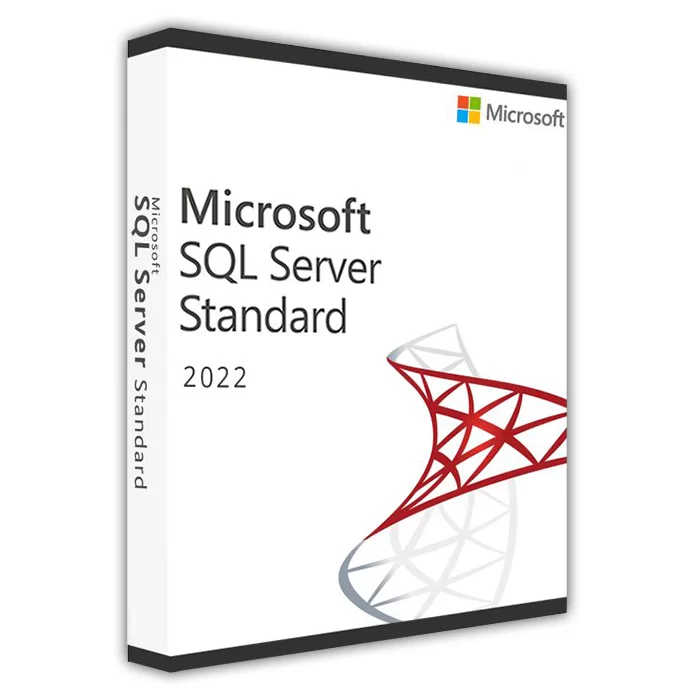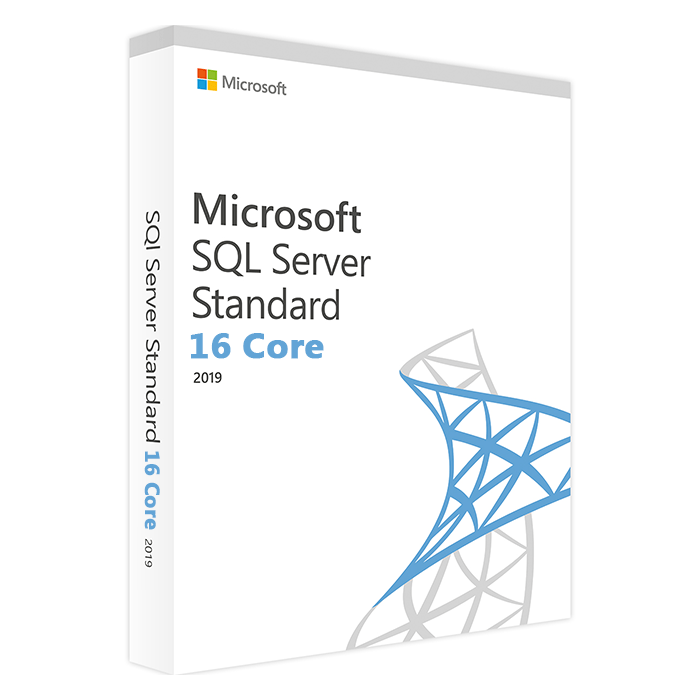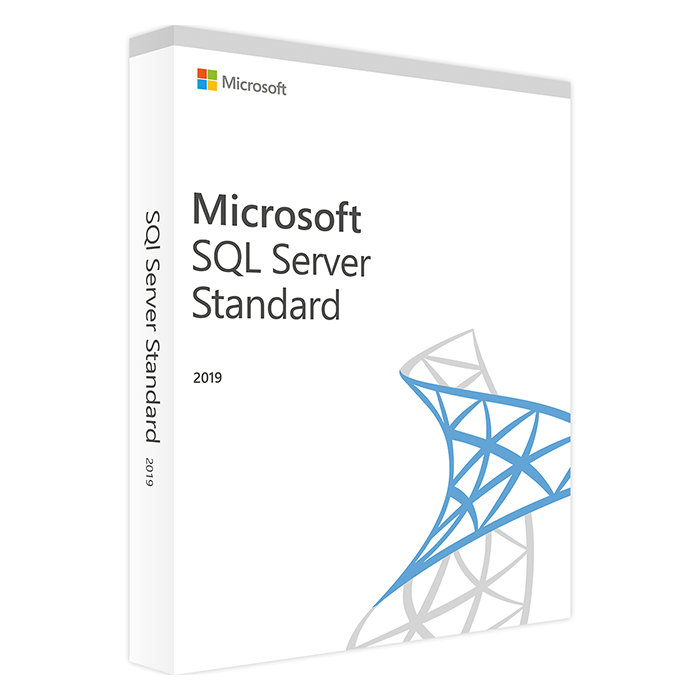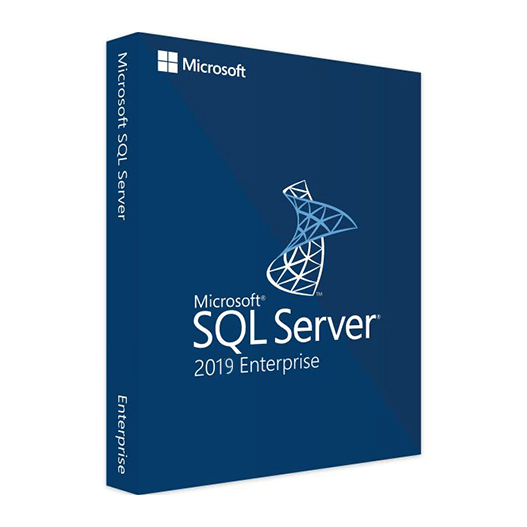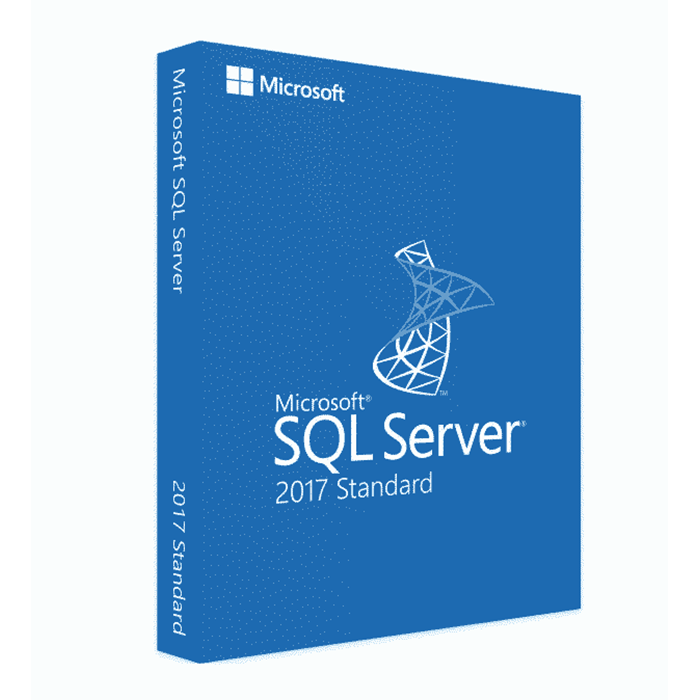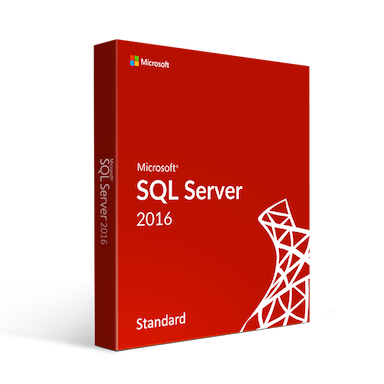Home » Advanced SQL Server Troubleshooting: Diagnose and Solve Issues
Advanced SQL Server Troubleshooting: Diagnose and Solve Issues
SQL Server is the backbone of many critical applications, handling vast amounts of data and transactions. While SQL Server is a robust and reliable database system, it’s not immune to issues and performance bottlenecks. Advanced SQL Server troubleshooting techniques are essential for database administrators to diagnose and resolve complex problems, ensuring optimal performance and reliability. In this guide, we’ll explore advanced strategies to identify and solve SQL Server issues.
The Importance of Advanced Troubleshooting
- Performance Optimization: Identify and resolve issues that impact database performance.
- Data Integrity: Ensure data integrity by addressing issues that could lead to data corruption.
- Availability: Maximize database availability by quickly resolving issues that may lead to downtime.
- Cost Reduction: Efficiently troubleshoot problems to avoid costly disruptions and outages.
Advanced SQL Server Troubleshooting Techniques
Query Performance Analysis
Use SQL Server Profiler or Extended Events to capture and analyze query performance metrics. Identify slow-performing queries and optimize them for better execution.
Deadlock Detection
Monitor for deadlocks using tools like SQL Server Profiler or trace flags. Analyze deadlock graphs to identify the root causes and make adjustments to prevent future deadlocks.
Performance Counters
Utilize SQL Server performance counters to gather real-time performance data. Track metrics like CPU usage, memory usage, disk I/O, and more to pinpoint performance bottlenecks.
Wait Statistics
Analyze wait statistics to identify resource contention issues. Tools like SQL Server Management Studio (SSMS) and SQL Diagnostic Manager can provide insights into waits and their causes.
Indexing Analysis
Use index optimization tools to evaluate the effectiveness of your database indexes. Adjust or rebuild indexes to improve query performance.
Tempdb Troubleshooting
Investigate tempdb-related issues, such as contention, by monitoring tempdb usage and optimizing tempdb configuration.
Error Log Analysis
Regularly review SQL Server error logs to catch warning signs and potential issues. Errors and warnings may provide clues to underlying problems.
Database Corruption Detection
Run DBCC CHECKDB regularly to check for and repair any database corruption. Schedule this as part of your maintenance plan.
Memory Troubleshooting
Address memory-related issues by configuring SQL Server’s memory settings appropriately. Watch for memory pressure indicators and adjust memory allocation accordingly.
Query Plan Analysis
Analyze query execution plans to identify suboptimal query plans and make adjustments, such as adding indexes or rewriting queries.
Advanced Tools for SQL Server Troubleshooting
Consider using advanced troubleshooting tools like SQL Server Profiler, Extended Events, SQL Diagnostic Manager, and third-party monitoring solutions for in-depth analysis and performance optimization.
Documentation and Knowledge Sharing
Document your troubleshooting processes and share knowledge with your team to improve collective troubleshooting skills.
Continuous Learning
Stay updated with the latest SQL Server advancements, best practices, and troubleshooting techniques through training and resources provided by Microsoft and the SQL Server community.
Advanced SQL Server troubleshooting is an essential skill for database administrators to ensure the performance, reliability, and integrity of SQL Server databases. By mastering these advanced techniques and tools, you can diagnose and resolve complex issues efficiently, minimizing downtime and optimizing database performance.
Recent posts
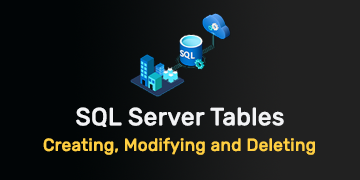
SQL Server Views: Simplifying Complex Queries
Explore SQL Server views to streamline complex queries, enhance data accessibility, and improve database management.

Introduction to SQL Server Triggers: Creating Automated Responses
Explore SQL Server triggers and learn how to create automated responses to database events for enhanced functionality.

SQL Server Tables: Creating, Modifying, and Deleting
Learn how to create, modify, and delete tables in SQL Server databases for effective data organization.
